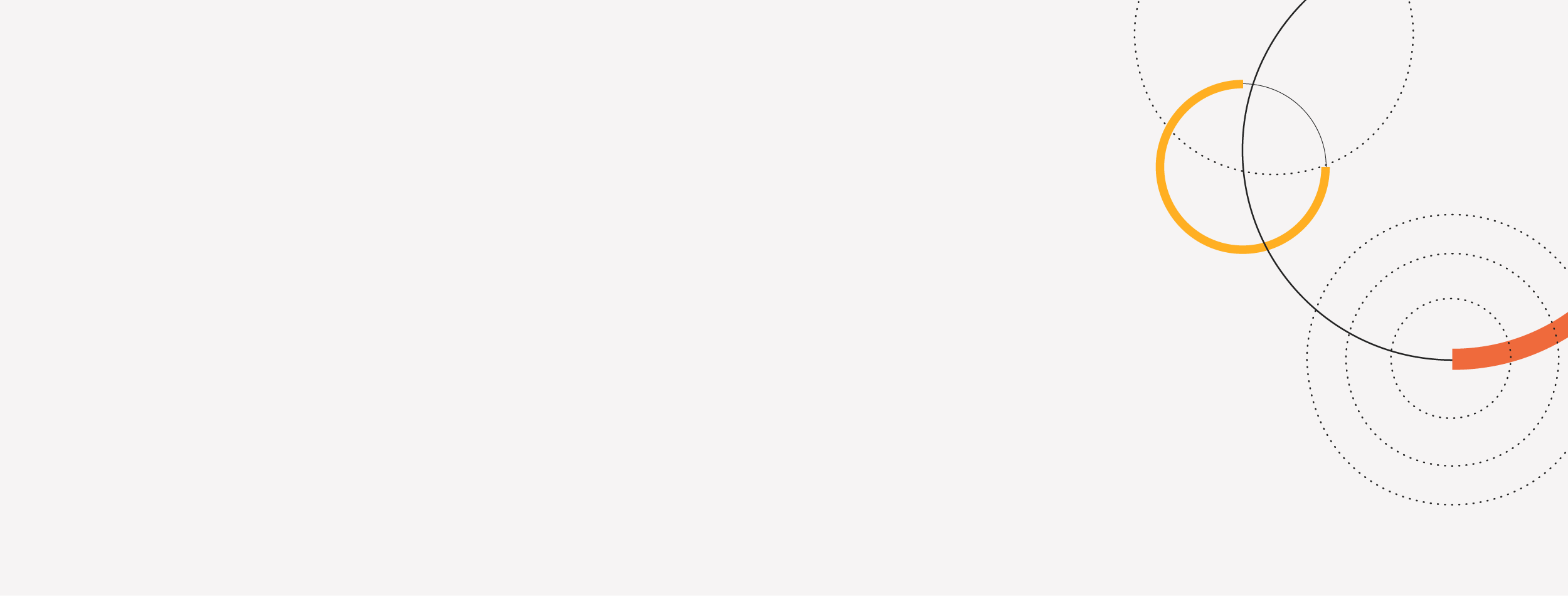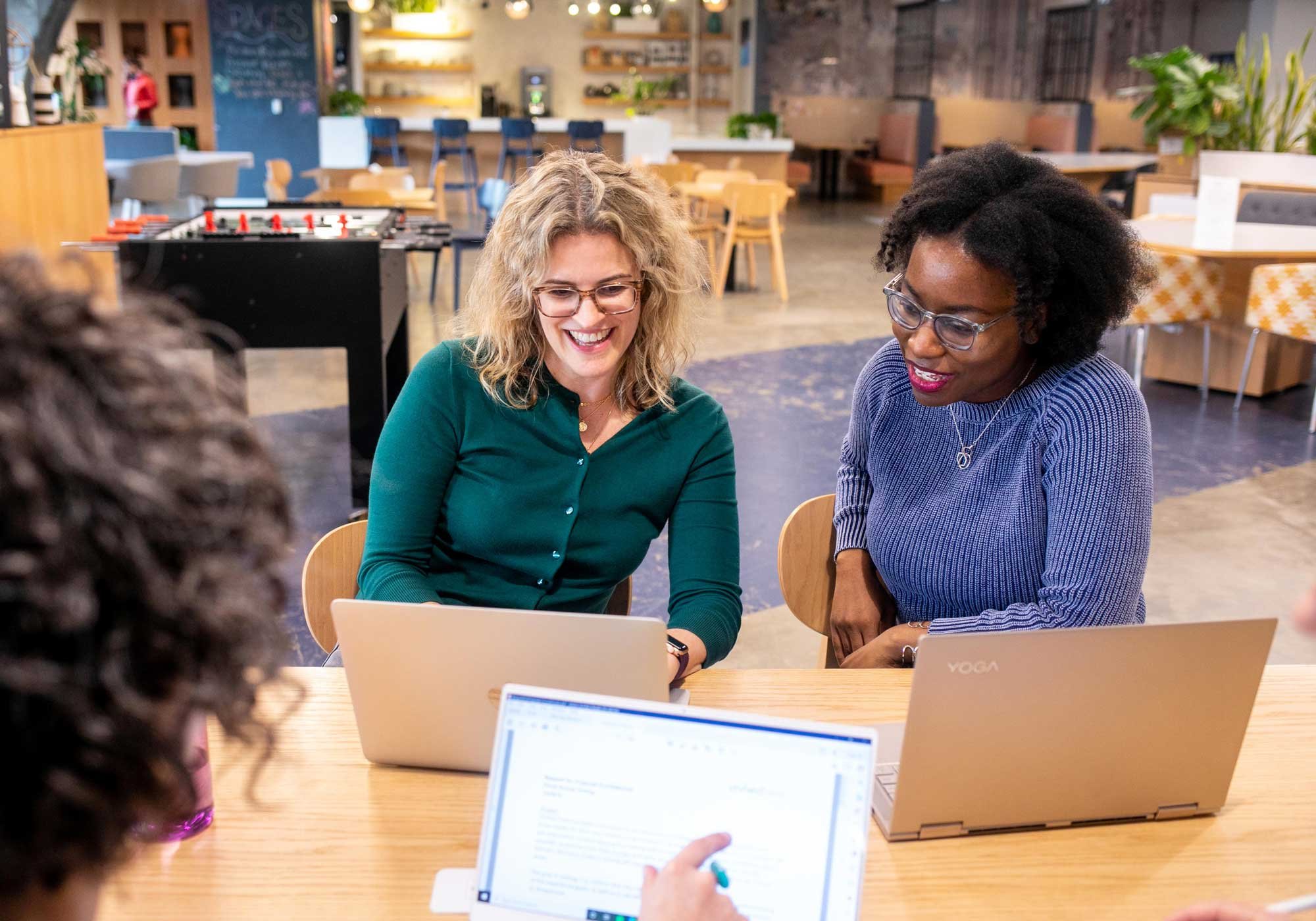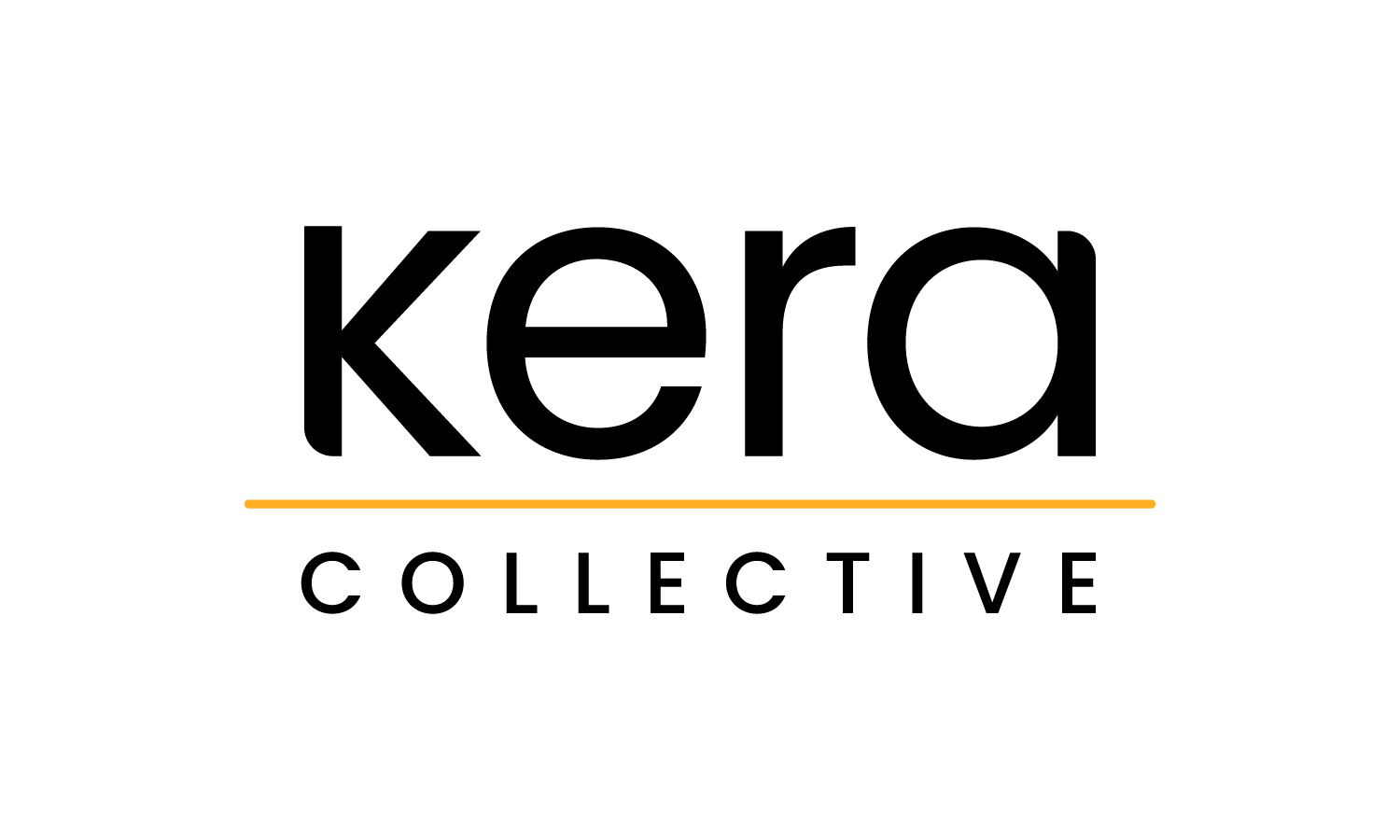

A space for our community to learn alongside us
Insights | Publications | Tools
The latest from our team
In today’s world, we need creative problem solving skills more than ever to plan for an uncertain future and unexpected developments. This month, explore how creative problem solving helps to interpret history in politicized times, rethink philanthropy, and address unexpected uses of AI in research.
Explore all of our insights, publications, and tools
In today’s world, we need creative problem solving skills more than ever to plan for an uncertain future and unexpected developments. This month, explore how creative problem solving helps to interpret history in politicized times, rethink philanthropy, and address unexpected uses of AI in research.
For museum program facilitators, a post-program reflection tool is a great way to not only reflect on your teaching and facilitation practice, but also generate rich data with which to evaluate your participants’ progress. At Kera, we often include these first-person perspectives in program evaluation designs as an additional data set to triangulate with data representing other relevant perspectives, like those of program participants or museum program managers.
When things don’t go as planned, it can be painful and frustrating. Yet there are other ways to do something, other paths to take. This month we share three resources to remind us of this.
In reviewing our recent blog posts, I realized that we don't talk as often about museum audiences as I would have expected. This surprised me because—as a company with over 35 years of history—we have learned so much about museum audiences over the years. We also advocate for museums to center their work around people! Therefore, I wanted to tap into our collective knowledge and share some key insights about museum audiences.
In this article, Gwendolyn Fernandez and Hannah Heller share insights from their analysis of 2024 Museum Workers Relief Fund applications, offering a snapshot of where museum workers stand in summer 2025 and what they hope for the future of museums.
Eras of censorship and misinformation are not unfamiliar to the United States—from the repression of political activists to banned books to manufacturing consent for genocide. Today, many feel scared and unsure of how to proceed with this administration’s actions and orders regarding repression of political speech and censorship of topics like race and gender identity. So how do we, as evaluators and museum professionals, confront this era?
What happens when you take a chance and try something new? The resources we recommend this month explore reflections on failure, an intriguing program that puts visitors in artists’ shoes, and co-creating exhibits with the community.
I’ve led many timing and tracking studies, from those focused on specific galleries to an entire museum floor to a whole museum, and have seen firsthand the kind of lightbulb moments unobtrusive observational data can spark for exhibition designers, museum educators, and others. Recently, however, I’ve been sitting with a different kind of data: my own discomfort—a quiet unease that grew too loud to ignore.
What was the last story that you heard?
Perhaps, your child told you about their day. Dashia and her bestie at day care used their dinosaur toys, a slightly haggard T-Rex and colorful triceratops, to act out a drama that sounded suspiciously like Lord of the Rings. Or you and your colleague were catching up; he told you about his weekend trip to a new city. His day began with getting lost but ended with finding a scenic outlook. Maybe you were talking with a grandparent. The phrase “back in my day” began, and you learned how your grandma had once travelled from Alabama to Michigan to start a new life, one suitcase in hand.




